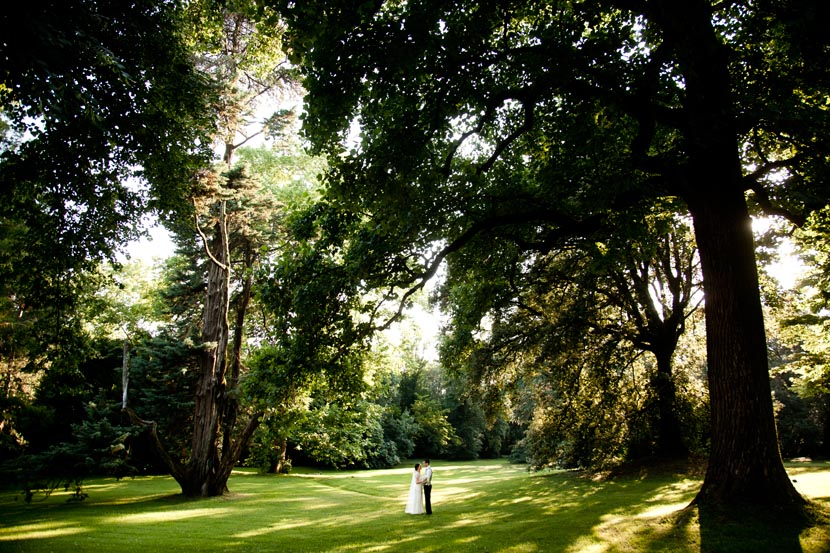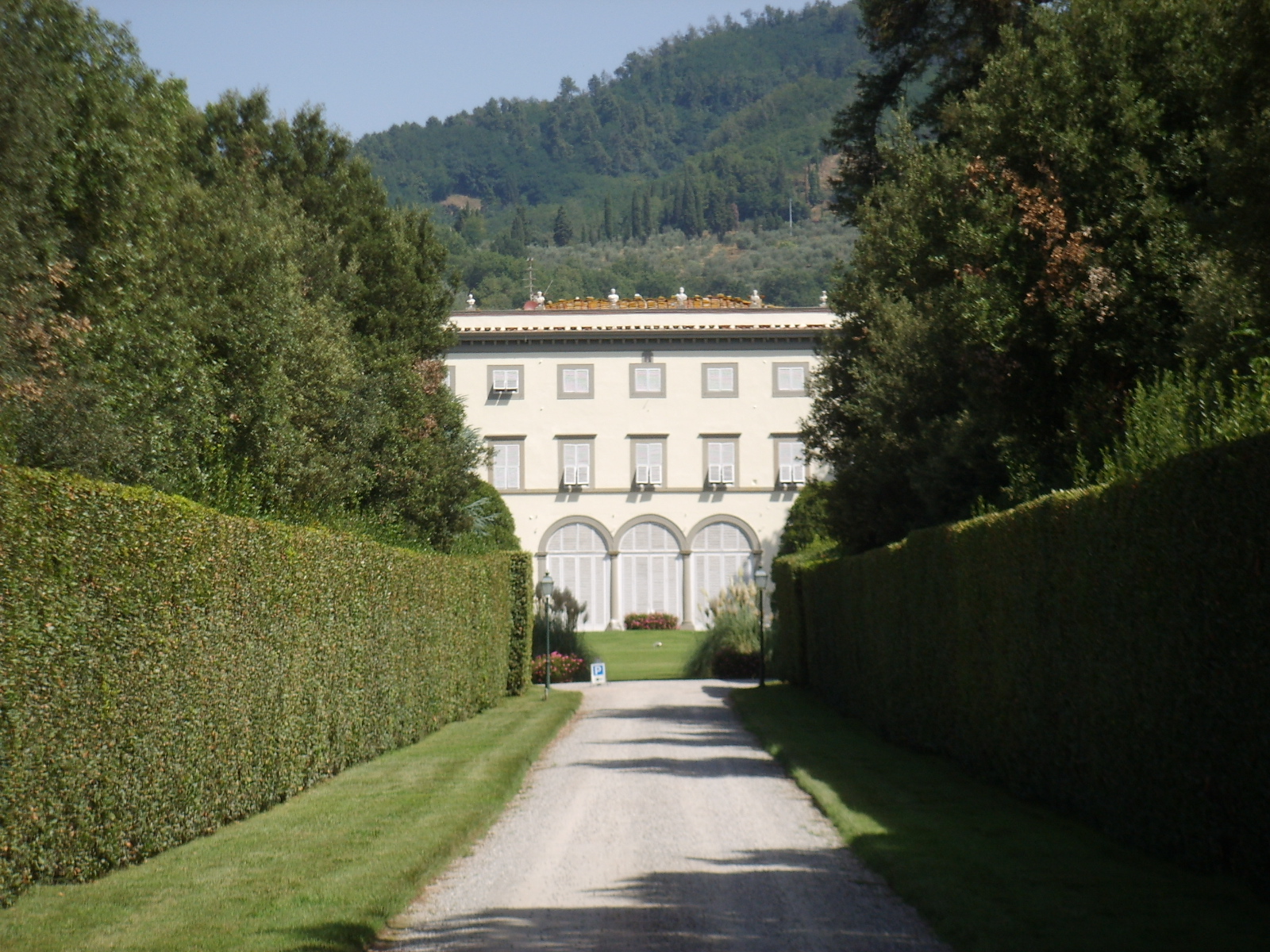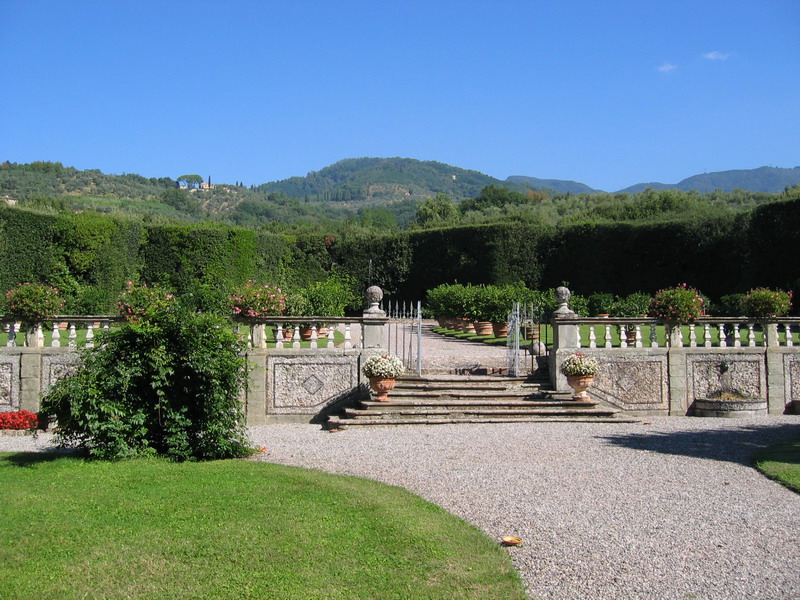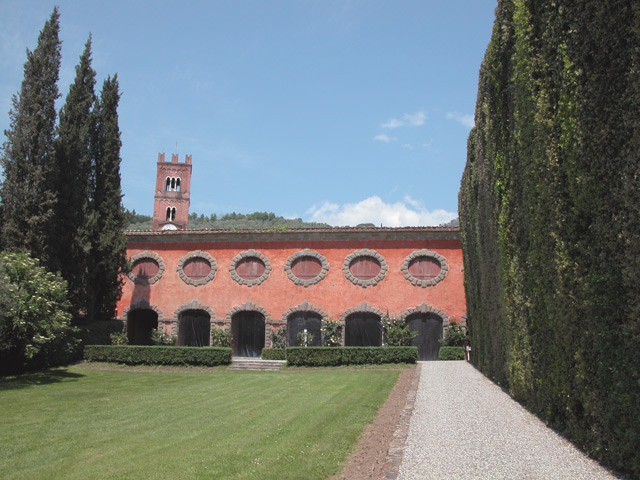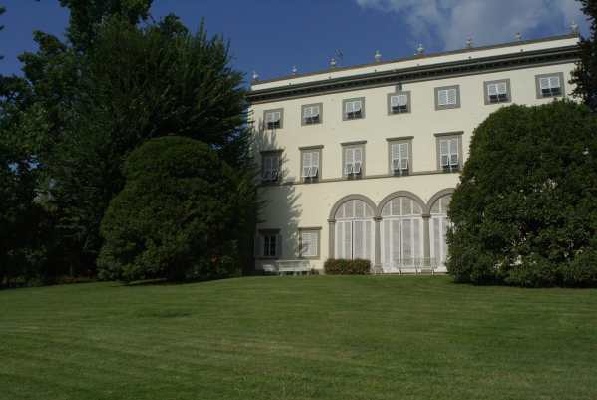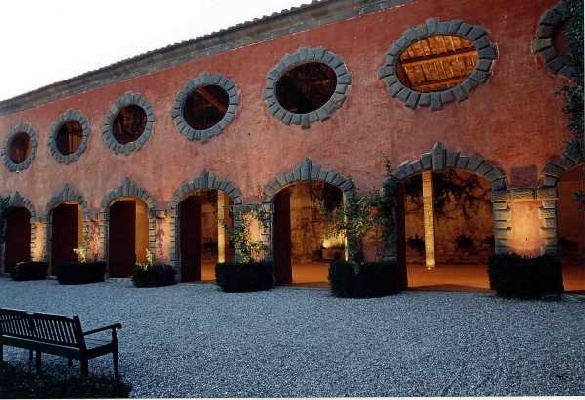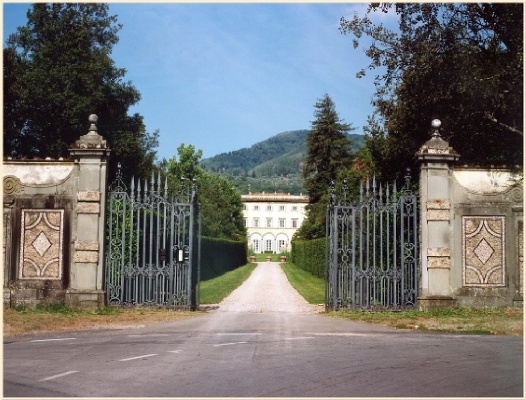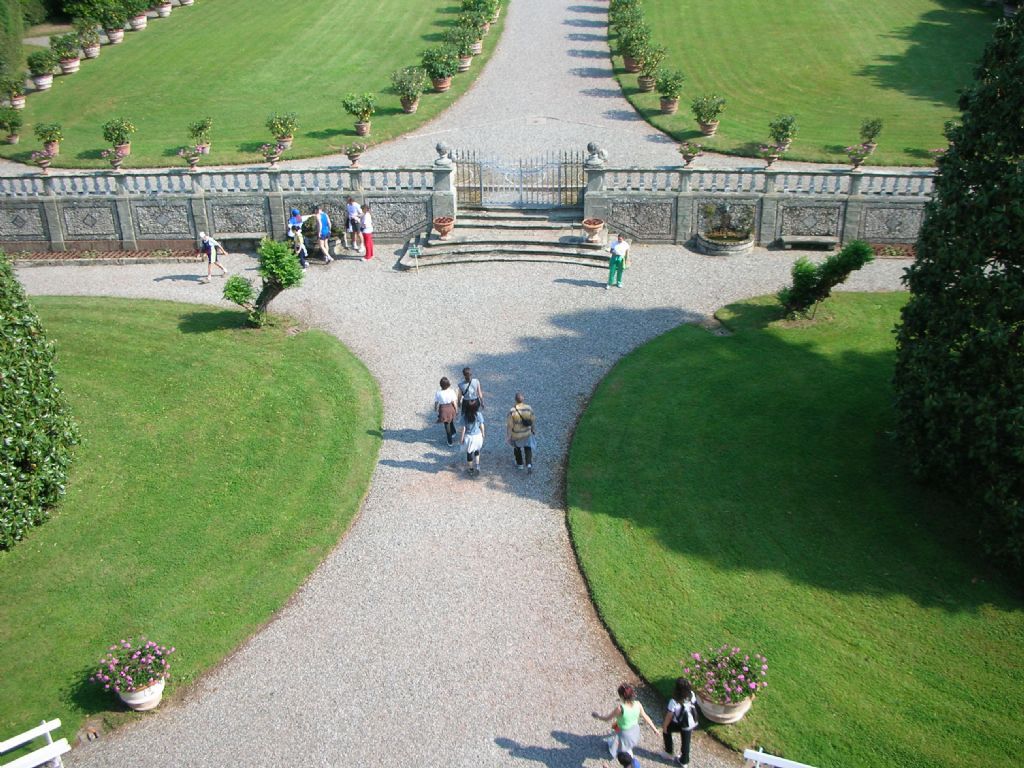
Villa Grabau
This post is also available in:
 Italiano (Italian)
Italiano (Italian)
Villa Grabau, with its imposing size, is one of the undisputed landmarks on the Lucca hills, about 4 miles north of the city. The villa was built in the early XV century on the remains of an existing structure; in early XVI century, it was acquired by the powerful Diodati merchants from Lucca, whose coat of arms is still visible, carved on the north entrance of the house.
From the mid-XVII century on, the villa changed several owners, until 1854 when it became a property of the Cittadella Marquises.
In 1868, the villa was bought by the wealthy German banker Rodolfo Schwartze. The Schwartzes had no children, and the villa was eventually inherited by their nephew Marcello Grabau. His family still owns this beautiful residence.
THE VILLA
In 1550, the villa still retained its original Gothic style, with mullioned windows on the first floor and a crenellated dovecote tower.
At the end of the XVI century, it acquired a Renaissance look, still visible today in the loggia with three arches supported by columns of the Tuscan order.
The last substantial transformation works of the villa were performed by the Cittadella Marquises: they opted for a neoclassical look, as it had already happened in the nearby Villa Reale in Marlia, after the modifications commissioned by Elisa Baciocchi, Napoleon Bonaparte’s sister.
THE GARDEN
The garden is made of two large oval flower beds, decorated with pots of lemons (Citrus limon), and a high curved hedge of holm oaks (Quercus ilex) placed in the final part – this decoration defines an amphitheatre at the centre of which there’s a large circular basin with a gush of water.
Statues of female figures lead to open passages in the hedge, which lead to the wild area where winding paths unfold, furnished with benches, a stone table and some other sculptures.
To the east of the wild area, there is a heated greenhouse with stoves and to the west a lemon house featuring oval ashlar openings.
With the XIX century renovation by the Schwartze, the terraced gardens in front of the main facade were lost, while the one to the north and the green theatre – built with pruned box hedges (Buxus sempervirens) next to the stables – remained unchanged.
The western area was the most affected by the XIX century transformations: some wooded areas where created with specimens of Coast redwood (Sequoia sempervirens), tulip trees (Liriodendron tulipifera), Arizona cypresses (Cupressus arizonica), and several essences according to the new interest in botanical collections.
This post is also available in:
 Italiano (Italian)
Italiano (Italian)
Contatti
Via di Matraia 269 - Lucca(LU)
0583 406098
info@villagrabau.it
Altre info
A pagamento
Gli Orari e i giorni di apertura variano in base ai vari periodi dell'anno (vedi note)
